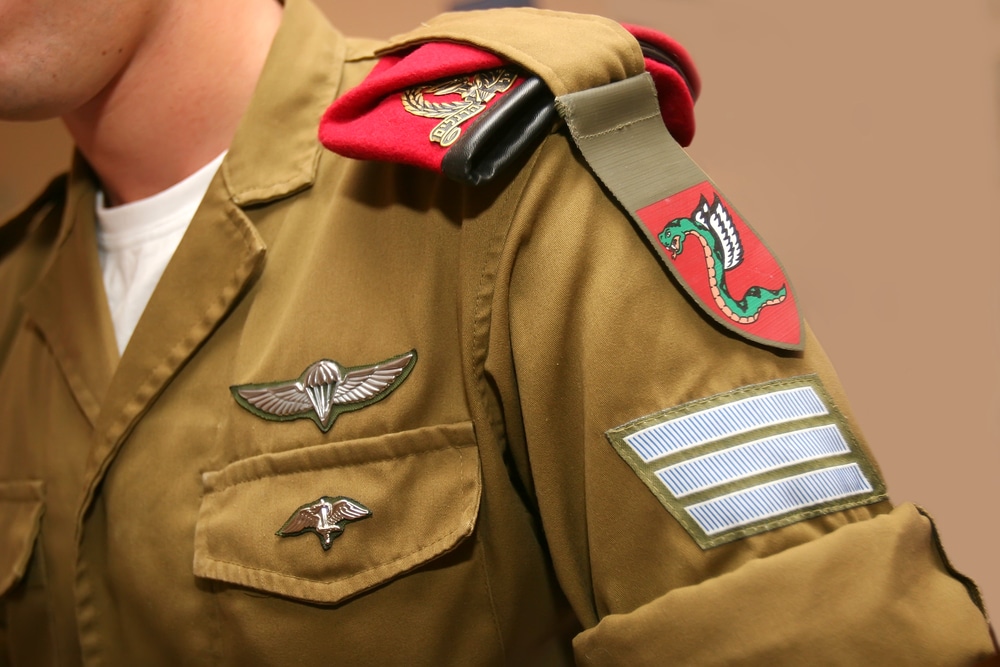As Gazan families plan to return to the northern region of the Gaza Strip, the IDF spokesperson for Arabic media states that any movement of people from the southern to the northern part of the Strip will not be permitted under any circumstances.
Also read: Believe Israeli Women – Israeli Women Were Brutally Raped, Murdered and Kidnapped by Palestinian Men
Gaza Strip Movement North-to-South Only
The spokesperson for the IDF in Arabic, in a recent announcement on various platforms, addressed the upcoming ceasefire and the previously reported intention of families in Gaza to relocate back to the northern region of the Strip from the south.
“As the ceasefire takes effect, our troops will establish positions along the ceasefire lines within the Strip and will operate within these boundaries. They will be stationed in areas with low population density and will continue with administrative and logistical operations along key routes. During this period, any movement of civilians from the southern part of the Strip to the north will be strictly prohibited, allowing only north-to-south travel. Similarly, the uncoordinated movement of trucks from the south to the north will not be allowed,” stated IDF Colonel Adraee.
GRAPHIC WARNING October 7th Raw Video Footage
Credit: HamasVideo.com
How This All Started – October 7th Massacres
The Israel-Hamas War of 2023 began abruptly on October 7th, when Hamas orchestrated a comprehensive land, sea, and air assault on Israel from the Gaza Strip. This attack, coinciding with the Jewish holiday of Shemini Atzeret, caught many by surprise, especially as many IDF soldiers were on leave.
The assault was unprecedented in its scale, launching over 2,200 rockets in 20 minutes, breaching the border with explosives and bulldozers, and even infiltrating via motorboats and paragliders.
This devastating attack resulted in over 1,200 deaths, multiple instances of sexual violence and rape, mutilations, kidnappings of babies, women and children and various other atrocities perpetrated on Israelis by the Palestinian attackers and mobs, marking it as the deadliest day for Israel since its independence.
In response, the IDF declared a state of alert and began mobilizing its reserves, calling up more than 350,000 over the following days. By October 8th, Israel had declared itself in a state of war, the first time since the Yom Kippur War in 1973.
Air strikes were initiated in the Gaza Strip, and a total siege was imposed, cutting off essential supplies. The war saw the difficulty in targeting terrorists and their weapon caches due to Gaza’s intricate network of tunnels, complicating rescue efforts for the hostages taken by Hamas.
While the war primarily centered on the Gaza Strip, it wasn’t confined to it. IDF intensified its raids in the West Bank and conducted airstrikes for the first time since the second intifada. Skirmishes with Hezbollah near the Lebanese border raised fears of a second front.
Even the Houthi forces in Yemen attempted strikes on southern Israel, indicating a broader coordination among Iran-led resistance factions. The conflict culminated in a temporary 4 day hostage deal ceasefire agreement on November 24, mediated by Qatar, involving the exchange of hostages and prisoners between Israel and Hamas.


